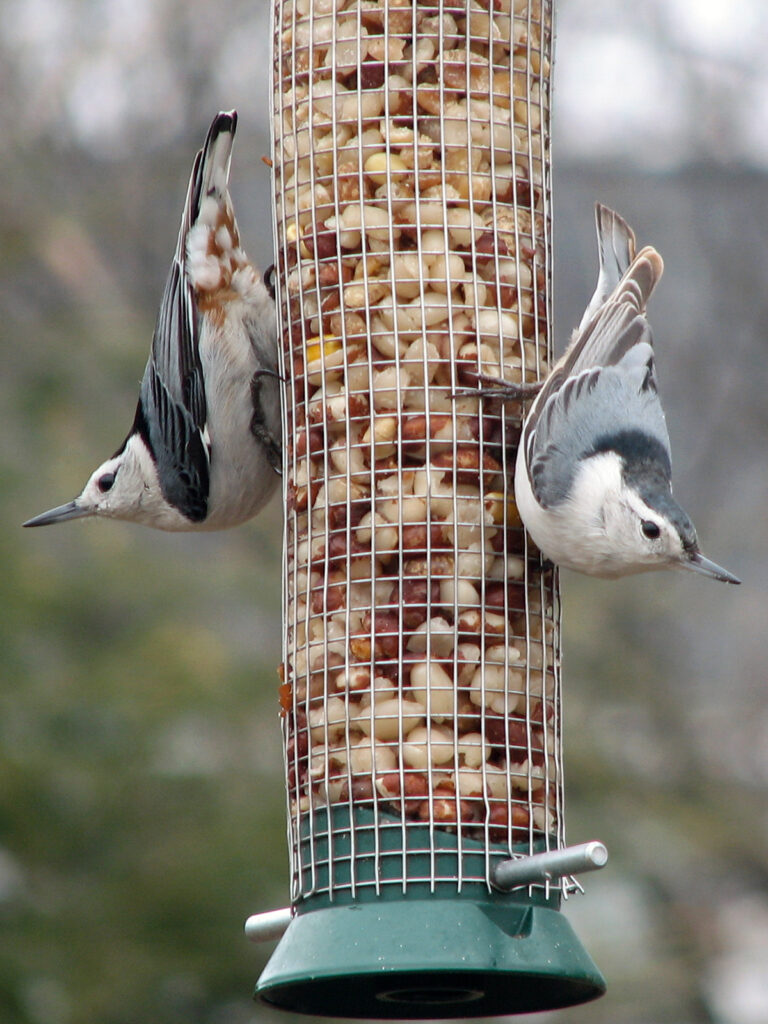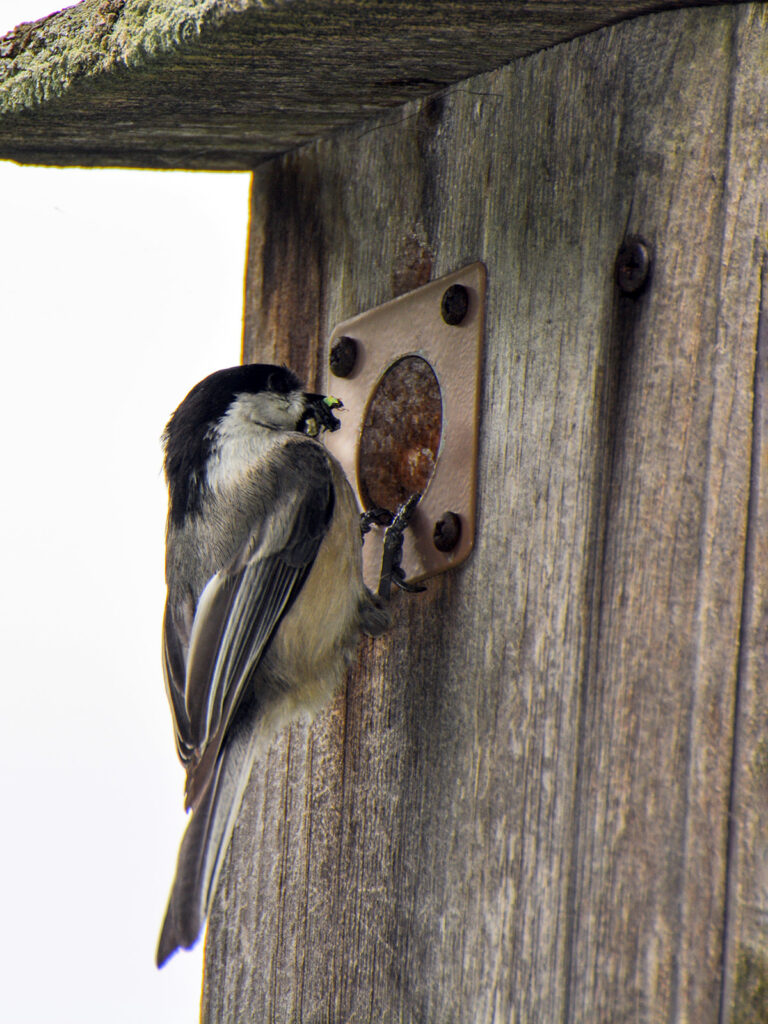
One of my first community science projects was Project FeederWatch, and it remains my favorite.
In fact, it may be one of the first community science projects ever.
When HGCNY toured the Cornell Lab of Ornithology‘s new building, we saw its multimedia presentation, which described the origins of involving just regular people — non-scientists — in collecting data about birds.
Here are the bird-related community science projects we’ve participated in:
- Project FeederWatch
- Great Backyard Bird Count
- House Finch Disease Survey
- Bird egg study
- eBird
- CNY Bird Count
- Hummingbirds@Home
We also tried to participate in Cornell’s NestWatch. I started this project for the 2001 season, but I admit I got pretty rattled peeking into bird houses, so I didn’t continue this one. I should give it another try, though, especially since I think you can now track birds without looking into nest boxes.
And though I’ve grouped it in the Climate section, the North American Bird Phenology project also obviously involves birds.

Another special project is What Do Birds Eat? This project is part of Tallamy’s research, documenting what birds feed their young. So far, research has shown that native plants host the most species of lepidoptera that produce the kinds of caterpillars etc. birds need to feed their young.
I submitted photos of birds bringing insect food to their young, which will help determine which insect species are most important for birds.
Resources
- National Audubon Society:
- Christmas Bird Count – The longest running community science program, having started in 1900. An important assessment of the health of the bird population, collecting data from over 2,300 count circles.
- A beginner’s guide to using eBird
- Cornell Lab of Ornithology:
- American Bird Conservancy:
- New maps bring greater focus to bird conservation efforts – Our efforts are important!
- Zooniverse / Cornell:
- Nest Quest Go! – Great for anyone with basic computer skills who would like to do something indoors at home
Reflections
Like all birds, canaries have a much faster metabolic rate than humans do, so they react more quickly to a wide range of poisons, from carbon monoxide to pesticides. When a canary suddenly keeled over, the miners knew that they had to get out in a hurry. In the same way, when something bad happens to birds in the natural world, we, too, may be in danger.
Of course, other wildlife also reacts to environmental problems. For example, salamanders are far more vulnerable to acid rain than many birds seem to be. So why focus so much attention on birds?
Of all wildlife, birds are the easiest for us to keep track of, so it’s relatively easy to notice when a bird population changes.
~ Laura Erickson, 101 Ways to Help Birds, p. xiv
